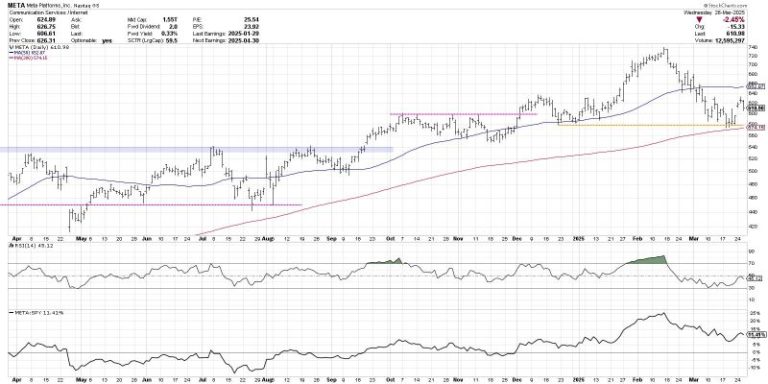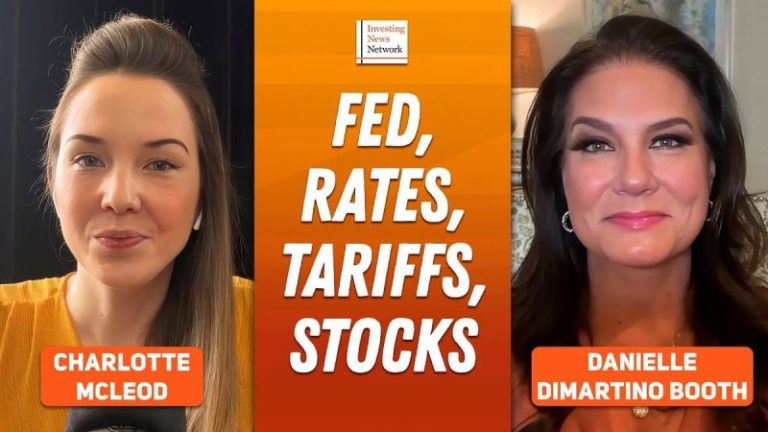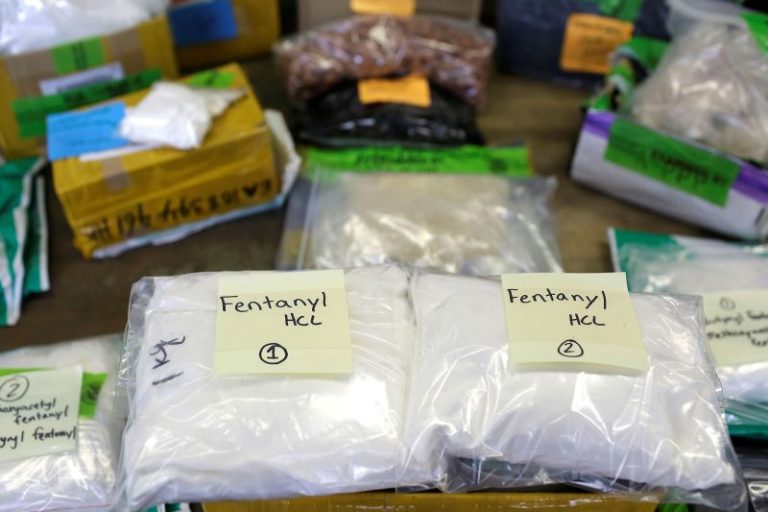It’s been 30 years, but Dr. Gladys Kalema-Zikusoka still remembers the first time she ever saw a mountain gorilla.
It was the summer of 1994. Deep in the jungle of Uganda’s Bwindi Impenetrable National Park, the then-23-year-old student was hundreds of miles from her home in the country’s capital, Kampala.
Bwindi is one of only two places in the world where mountain gorillas live, and after graduating from the Royal Veterinary College in London, Kalema-Zikusoka had her heart set on seeing the great apes. For the first week of her month-long placement, she’d been stuck at base camp with a terrible cold, unable to join the jungle treks, with her frustration and anticipation rising every day.
Finally, after what felt like endless waiting, Kalema-Zikusoka was cleared to hike.
Pushing through tangled vines and roots in the thick forest, she could hear bubbling waterfalls, birds squawking, and chimpanzees hooting. But gorillas, she says, are silent.
“You don’t hear them, but you see their trails as you’re walking,” says Kalema-Zikusoka. “You can be looking for them, thinking will I ever see them? Then suddenly — they’re there. It’s such a magical feeling.”
Sitting in a forest clearing was a silverback gorilla, called Kacupira.
“When I got to see Kacupira, having wanted to see gorillas for so long — suddenly this gorilla was sitting there chewing on a piece of bark, and I was like, ‘wow,’” recalls Kalema-Zikusoka, now 55.
“I looked into his very intelligent brown eyes, and I felt a really deep connection. He was just willing to let us into his presence, and not at all threatening.”
After this encounter, Kalema-Zikusoka decided to stay at Bwindi. Her one-month summer placement turned into three decades of conservation work at the park, where she became the nation’s first wildlife veterinarian in 1996. With her help, Bwindi’s gorilla population grew from less than 300 to 459, and the subspecies is no longer critically endangered, according to the IUCN Red List.
“The mountain gorillas have really shaped my life,” says Kalema-Zikusoka. And in turn, “the gorillas have really transformed Uganda, and brought Ugandan conservation and tourism back on the map.”
For millennia, mountain gorillas roamed across the forests of Uganda, Rwanda, and the Democratic Republic of Congo.
But in the last 100 years, rampant deforestation, poaching, and conflicts have left them on the brink of extinction, clinging to just two surviving habitats: Bwindi and the Virungas.
In the 1970s, Uganda’s gorillas faced another existential threat. The eight-year dictatorship of Idi Amin — who was known as the “Butcher of Uganda” for his brutality — devastated the country, killing up to 300,000 people, destroying land and resources, and slaughtering much of the nation’s wildlife.
Kalema-Zikusoka was just two years old at the time of the military coup, and her father was a minister in the government that was overthrown by Amin.
“When Amin came into power, my dad was one of the first victims,” she recalls. “He was abducted when he was taking a relative back home; he was followed by a vehicle, and never seen again.”
Growing up in political turmoil, Kalema-Zikusoka found solace with her many household pets: her older siblings often rescued stray cats and dogs, who became her companions, and she decided at “a very young age” that she wanted to be a veterinarian. It was her neighbor’s pet monkey, Poncho, that sparked her interest in primates: the mischievous creature would sneak in through the window and pull the dog’s tail, steal food, and even plunk keys on the piano.
As a teenager, Kalema-Zikusoka joined her school’s wildlife club, and on a field trip to Queen Elizabeth National Park she saw firsthand how little wildlife remained, even in conservation areas. “I started thinking to myself, why can’t I become a vet who brings back the wildlife to Uganda?”
While Kalema-Zikusoka’s veterinarian studies took her to the UK, she always planned to return to Uganda and build on the work of her father.
“When I was old enough to understand what had happened to him, I felt like I wanted to continue his dream, his legacy, of a prosperous Uganda, through my passion for wildlife.”
Less than a year after Kalema-Zikusoka began working at Bwindi, there was an outbreak of an unknown skin disease among the gorillas: they were losing hair and developing white, scaly skin. Kalema-Zikusoka consulted with a doctor friend, who told her about the human disease scabies, common at the time among low-income communities in rural Uganda.
After chimpanzees and bonobos, gorillas are our closest genetic relatives, sharing around 98.4% of their DNA with humans. This genetic similarity also makes gorillas vulnerable to many of the same diseases as humans.
Related article A conservationist is building bridges in the Amazon so monkeys can cross the road
Kalema-Zikusoka and the team tracked down the afflicted gorilla family: it was Kacupira’s group, the gentle giant she had met on her first trek. Many of the apes were extremely unwell, including a baby gorilla that, despite medical interventions, died.
“This made me realize that you couldn’t protect the gorillas without improving the health of their human neighbors,” she says.
Bwindi is located in one of Uganda’s most densely populated rural regions, leaving limited space for a buffer zone. Instead, farmland and villages are pressed up against its borders. The park is also relatively small — at just 321 square kilometers (123 square miles), it is just 2% of the size of the 14,700-square-kilometer (5,600-square-mile) Serengeti in Tanzania — which puts further pressure on its borders and resources and increases the likelihood of human-gorilla interactions.
To help remedy the situation Kalema-Zikusoka founded Conservation Through Public Health (CTPH) in 2003, a non-profit that has worked with around 10,000 households around the national park to improve the community’s health and well-being.
Local farmers are trained to safely herd gorillas back to the forest when they venture onto community land, and a network of village health teams educates families on ways to improve hygiene and reduce the spread of disease.
And now that the gorilla population is growing, so is tourism in the area: 27 gorilla families are now habituated to people, and the number of “gorilla tourists” in Uganda has risen from around 1,300 in 1993 to almost 39,000 in 2023.
It’s improved the well-being of villagers living near the park, says Joshua Masereka, the community conservation warden at Uganda Wildlife Authority. “When tourists come to this place, there’s more money and therefore more benefits, more jobs, more opportunities, more developments,” he says, adding that the park allocates 20% of its revenue to community projects, such as building schools and roads.
Related article This tourism experience costs $800 for an hour. Here’s why it’s worth it
CTPH is one of the wildlife authority’s “prime partners” and has been pivotal to the conservation work at the park, says Masereka. “Gladys, I think she’s born with conservation in her blood. If you go through the life of her family, how she was brought up, she was brought up in that life of being a conservationist and I think she’ll die a conservationist.”
Kalema-Zikusoka’s dedication has inspired others in the community into action. Born and raised around Bwindi, Alex Ngabirano worked for CTPH for 15 years, before starting his own non-profit organization, Mubare Biodiversity, which focuses on reforming poachers around the park. Gorillas are rarely poached intentionally, but subsistence hunters looking to put food on the table sometimes go after pigs or antelope in the forest, and accidentally snare or spear gorillas in the process.
By educating the local community on the benefits of gorilla tourism, Ngabirano and his team have convinced more than 300 former poachers to give up their tools, and are now retraining them as rangers, guides, and farmers.
“Dr. Gladys has done amazing work in Bwindi community. She’s the first person to introduce the one health approach in this area,” says Ngabirano. “The (community) started understanding that in the future, their children will become rangers and guides, all those jobs associated with conservation and tourism activities.”
Kalema-Zikusoka’s conservation efforts have been recognized internationally, too: she is a National Geographic explorer, and her many accolades include the Whitley Gold Award in 2009, the Leopold Award in 2020, and the Tällberg-SNF-Eliasson Global Leadership Prize in 2022.
And her hard work continues to show in the expanding gorilla population: in the last two months alone, three baby gorillas were born in the forest.
“I always get very excited when I hear that a baby mountain gorilla has been born,” says Kalema-Zokusoka. “It gives me hope that the numbers are continuing to grow. It means that we’re bringing the gorillas back from the brink of extinction.”
This post appeared first on cnn.com










